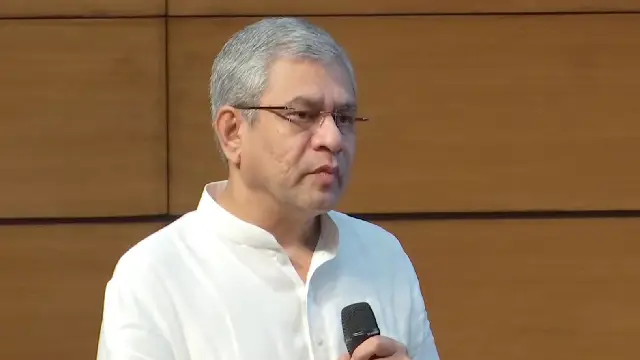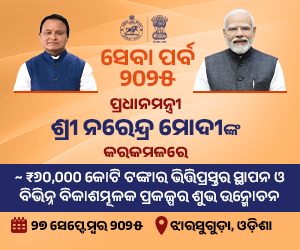New Delhi: The Cabinet Committee on Economic Affairs, chaired by Prime Minister Narendra Modi, has approved the opening of 57 new Kendriya Vidyalayas (KVs) under the Civil sector across the country to facilitate the educational needs of the wards of an increased number of Central Government employees.
According to an official release from the Ministry of Education, the total estimated requirement of funds for the establishment of the 57 new KVs is Rs 5862.55 crore (approx.), spread over a period of nine years from 2026-27.
This includes the capital expenditure component of Rs 2585.52 crore (approx.) and operational expenditure of Rs 3277.03 crore (approx.). It is worthwhile to note that, as exemplar schools for NEP 2020, for the first time, these 57 KVs have been sanctioned with Balvatikas, i.e. three years of the foundational stage (pre-primary).
The Union Government approved the Scheme of KVs in November 1962 to provide educational facilities of uniform standard throughout the country to cater to the educational needs of wards of transferable and non-transferable employees of the Central Government, including Defence and Paramilitary forces. Consequently, “Central Schools Organisation” was started as a unit of the Ministry of Education of the Government of India.
The opening of new KVs is a continuous process. The Ministry and KVS regularly receive proposals from various Sponsoring Authorities, including Central Government Ministries/Departments, States/UTs for opening of new KVs. These proposals are sponsored by the concerned sponsoring authority viz. State/UTs/Ministries/Departments of Central Government.
As of the date, there are 1,288 functional KVs, including three abroad, viz. Moscow, Kathmandu and Tehran. The total enrolment of students as of June 30, 2025, is 13.62 lakh (approx.).
Together with the earlier sanctioning of 85 KVs, the instant proposal responds to the high demand for KVs while balancing pan-India expansion. The CCEA has approved seven KVs sponsored by the Ministry of Home Affairs and the remaining 50 by State/UT authorities.
The 57 new proposals for Kendriya Vidyalayas reflect a strong commitment to reaching underserved and strategically important regions. The proposal demonstrates an approach which anchors growth in the East while ensuring balanced representation across North, South, and West to strengthen inclusivity and national integration.
Continuing with the 85 KVs sanctioned in December 2024, in this proposal, 17 states/UTs are being covered. Among these 57 KVs, 20 are proposed to be opened in districts where no KV presently exists, despite a significant number of Central Government employees.
Furthermore, 14 KVs are proposed in Aspirational districts, 4 KVs in LWE districts and 5 KVs in NER/Hilly areas. In continuation of the sanction of 85 KVs accorded in December 2024, a further 57 new KVs have been approved by prioritising those States which had not been covered since March 2019.
The administrative structure for implementing the project will require the creation of posts at par with the norms fixed by the Sangathan for running of one full-fledged KV with a capacity of approximately 1520 students. Hence, 86640 students would benefit. As per norms in vogue, a full-fledged KV (from Balvatika to class XII) provides employment to 81 persons and accordingly, with the approval of 57 new KVs, a total of 4617 direct permanent employment opportunities will be created. Construction and allied activities associated with the augmentation of various facilities in all KVs are likely to generate employment opportunities for many skilled and unskilled workers, the release stated.
In pursuance of the National Education Policy 2020, 913 KVs have been designated as PM Shri schools, showcasing the implementation of NEP 2020. The KVs are some of the most sought-after schools, due to their quality teaching, innovative pedagogy and up-to-date infrastructure.
There has been a continuous increase in the number of students applying for admission to Balvatika/Class I in KVs every year, and the performance of the students of the KVs in the board examinations conducted by CBSE has consistently been the best among all educational systems.
Thus, with KVs as model schools, the proposal ensures that quality education will spread in states that were under/not represented in the earlier sanctions of Government of India, while also reinforcing coverage in high-demand areas having significant number of Central Government employees, in aspirational districts and extending the KVS network to geographically challenging and socially critical areas.
(ANI)




